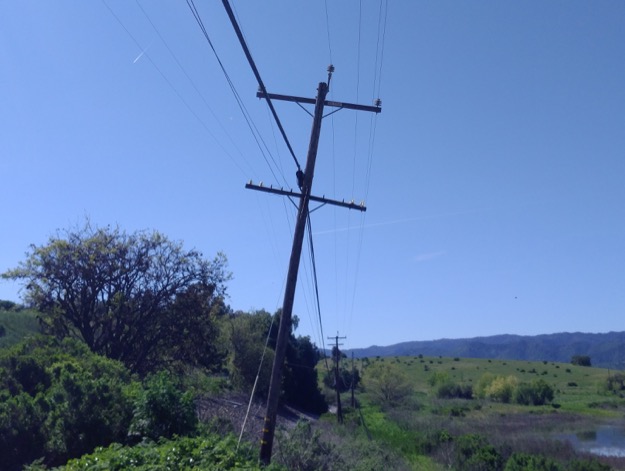
At least 1.5 million Californians – 4% of the state’s population – cannot get wireline broadband in their homes, as the second week of the corona virus lock down begins. That’s what the most recently published broadband availability reports filed with the California Public Utilities Commission show. Nearly twice that many – 2.8 million people, 8% of the population – don’t have access to primary wireline service that delivers 100 Mbps download/20 Mbps upload speeds, the minimum service level needed for in-home work, education, health care and entertainment. The dead spots are disproportionately found in rural communities.
That’s the top line result from the number crunching I’ve been doing, as part of the Central Coast Broadband Consortium’s (CCBC) efforts over the past few days. Like other regional broadband consortia around California, the CCBC is working to identify broadband access gaps and resources to fill them for the 40 million Californians ordered to stay at home. The raw data are the broadband service claims filed by primary wireline Internet service providers – the companies that own the copper and fiber – as of 31 December 2018, which is the most recent data set available. I ran the data for the 58 counties in California, with breakouts for cities, unincorporated communities (AKA census designated places) and tribal areas – it’s pretty much as easy to do it for all 58 counties as it is to do it for one (or the CCBC’s three – San Benito, Monterey and Santa Cruz counties).
The analysis includes:
- Infrastructure grade (A, B, C, D, F). The grading methodology is here.
- Median household income estimates.
- Population, percentage of population, number of housing units and percentage of housing units, as of 2019 estimates, with zero access to wireline broadband service.
- Population, percentage of population, number of housing units and percentage of housing units able to access primary wireline broadband service at 6 Mbps download/1 Mbps upload, 10 Mbps/1 Mbps, 25 Mbps/3 Mbps, 100 Mbps/20 Mbps, 1,000 Mbps/500 Mbps.
The data is not particularly accurate, as is widely acknowledged, but it is precise in the sense that the inaccuracies tend to be consistent across a provider’s data set. It is sufficiently precise for the purpose of comparing one place to another, and for generally assessing broadband availability in a given county, city or other area. I’ll be writing more about it in the coming days, and welcome any ideas or critiques.
Central Coast Broadband Consortium wireline broadband availability analysis (22 March 2020 revision), per 31 December 2018 data
Central Coast Broadband Consortium Broadband Infrastructure Grading Methodology, 20 March 2020
Achieving Ubiquitous Broadband Coverage in the Monterey Bay Region, Monterey Bay Economic Partnership, November 2018
